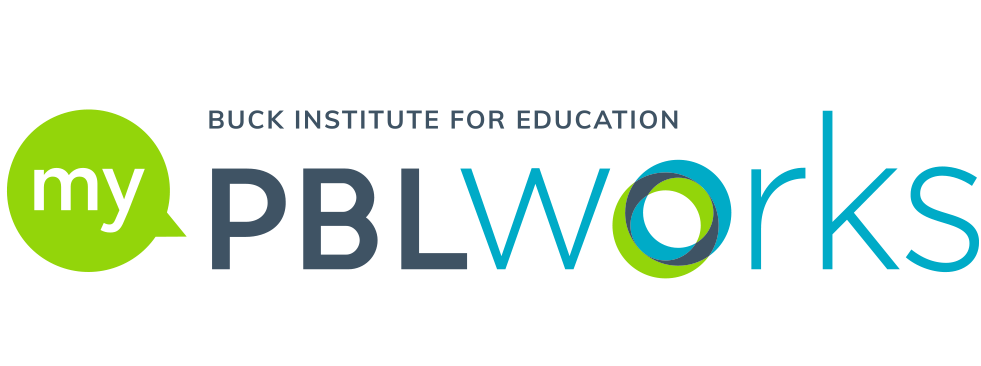Make Room for Innovation and Creativity in PBL
Think today’s students are up to the challenge of applying innovation and creativity strategies to solve real problems? Consider just a few projects unfolding around the world in the weeks ahead:
- Teams of high school students from Los Angeles and Denver are participating in the Aspen Challenge. Some students will focus on improving the state of the planet’s oceans; others will imagine better places for the country’s poorest children to play; and still more will generate new strategies to reduce the nation’s dropout rate. At the culmination of the project, students will pitch their ideas to expert panelists who have the resources to help put their solutions into action.
- At the ASB Un-Plugged conference in Mumbai, India, and the EF Global Student Leaders Summit in Shanghai, China, students from around the globe will be designing, prototyping, and pitching sustainable solutions to improve their communities.
A large percentage of today’s students, in fact, are eager to use their ingenuity to solve problems both big and small. A recent Gallup-HOPE survey found that 42 percent of youth in grades 5-12 aspire to develop world-changing inventions.
There’s no reason why they should wait to get started. When projects emphasize creativity and innovation, students develop a toolkit of problem-solving strategies that they can use, again and again. Here are just a few strategies to keep in mind as you design PBL experiences.
Make room for innovation without sacrificing academic content.
Leah Penniman, who teaches at Tech Valley High School in Rensselaer, New York, routinely designs projects that address math, science, and social studies standards while challenging students to stretch their creative problem-solving capacities. Recent projects have focused on improving the quality of life for residents of rural Haiti. Students have designed prototypes for solar ovens, invented solar-powered food dryers, and written reforestation handbooks. They frequently consult with engineers and other experts to get authentic feedback. Some students have even traveled to Haiti to put their plans into action, developing global competence along with innovation chops.
Penniman doesn’t just give lip service to innovation. In her classroom, innovative thinking is a process for problem solving that she deliberately teaches, scaffolds, and assesses. “I’m not sure my students see innovation as any different from written communication or technology literacy,” she says. “It’s just the air they breathe here.”
You can read more about Penniman’s projects and teaching strategies in PBL for 21st Century Success, the latest in the BIE PBL Toolkit series.
Build in time for feedback, reflection, and learning from failure.
A cycle of feedback and revision is important for every PBL experience, but it’s critical for encouraging students to think—and act—in the way that innovators do. Build enough time into your Project Calendar so that students can prototype, test, and improve their ideas. If they run into roadblocks, help them turn failure into a rich learning opportunity.
For example, a Seattle, Wash., physics teacher named Moses Rifkin uses a modeling site called SodaPlay to have students design robots. Their robot has to meet specific design criteria, such as being able to stand on its own and move forward and backward. Beyond that, it’s an open-ended challenge.
To make sure students pay attention to failures and successes along the way, Rifkin has them save screenshots of their work-in-progress and write reflections about key milestones. His writing prompt: “For models that you think represented a big step in the design process, put a screenshot into a Word document and write what you changed from the last one (what did you do, what’s happened now, what needs to happen next, etc.).”
It takes a safe classroom culture for students to take risks, learn from missteps, and redirect their efforts. For a glimpse of a “fail-safe” learning environment, watch this Edutopia video about middle-school students designing a Rube Goldberg machine.
Get comfortable in your role as a teacher-innovator.
Teachers who emphasize innovation and creativity in the classrooms tend to be innovators themselves. In Bringing Innovation to School, I identified several qualities of edu-innovators, such as:
They show by example what it means to take risks. For middle-school teacher Paul Bogush, that may mean performing his own piece in a class poetry slam. (Read his post about the value of participating in a language arts project right alongside his students.)
They know how to network. Krissy Venosdale’s students regularly ask her to “tweet it out” when they have a request to interview a content-area expert. They know she’s a teacher with an active online network, which they can leverage to reach beyond the classroom. (To hear more about her use of digital tools for connecting her students with the world, read this Edutopia post.)
They help good ideas grow. Middle-school language arts teacher Chad Sansing, active in the National Writing Project, has been helping to grow the professional conversation about the connections between making, coding, writing, gaming, and creativity. (Read his recent blog post about coding and reading comprehension.)
Helping good ideas grow is part of the innovation process, too. That’s why innovative PBL teachers often seek out collaboration opportunities. They make time to brainstorm and problem-solve with colleagues, modeling the benefits of teamwork. They open windows on the innovation happening in their own classrooms by inviting the community to project showcase events, posting videos of student accomplishments, or just tweeting out amazing moments of student creativity.
Watch
Hangout with BIE: Creativity and Innovation in Middle and High School Projects
BIE National Faculty member Suzie Boss is joined by high school STEM teacher Regan Drew and middle school Language Arts teacher Chad Sansing to talk about how they are teaching creativity and innovation in their projects.
To view or download this resource, log in here.
Login